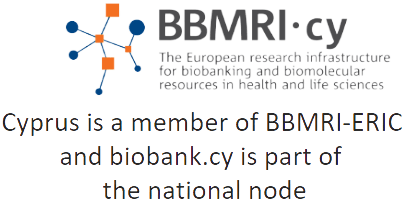RICTOR-ALPORT
Alport syndrome is a genetically inherited progressive disease of the kidneys with the first symptoms starting in early childhood and worsening by age. Alport syndrome manifestations include hematuria, progressing into proteinuria (loss of precious protein in the urine) and gradually, kidneys become fibrotic and inadequate to perform their function: to filter the blood from unwanted metabolic byproducts. At this point, the patient has reached the End Stage Renal Disease (ESRD), a state of disease during which the patient’s life is depended on renal replacement therapy in the form of hemodialysis, or kidney transplantation. Genetic studies have identified the autosomal Col4a3, Col4a4 and the X-linked Col4a5 as the causal genes. Currently, several mouse models have been created for the study of the disease. One of these mouse models was created in our laboratory several years ago and it is the first that the mice harbor a glycine substitution mutation in homozygosity, Col4a3-p.G1332E mutation – the equivalent of human COL4A3-p.Gly1334Glu. Complete characterization of this Alport mouse model was recently accomplished and is in press (Odiatis C, Savva I et al, Matrix Biology Plus).
Alport syndrome patients manifest a spectrum of disease severity. While most patients with classical Alport caused by two mutations that affect both alleles (in trans) will have reached ESRD by the age of 40 years, there is largely unpredictable age variability at onset of ESRD, with patients reaching ESRD much later in their fourties or fifties. Several explanations include the nature and position of the collagen gene mutations, the co-inheritance or co-existence of other renal pathologies, or environmental factors.
Variability is also observed in the appearance of other symptoms, of extra renal anure, which include sensori-neural hearing loss and ocular problems. One common pathognomonic feature of all Alport patients refers to the ultrastructural appearance of the glomerular basement membrane which demonstrates regions of thinning alternating with extreme thickening, splitting and lamellation.
We want to know the reason this happens as we hope that by answering this question we will (i) provide a better understanding of the genetic/molecular basis of the disease and (ii) open new avenues in identifying novel molecular targets and patenting novel methodologies for treating the disease.
One of the hypotheses explaining this variability in the manifestation of the disease, is that the activity of gene(s) other than the causal genes, can modify the disease course. Previous work in our lab derived data from a cohort of patients with thin basement membrane nephropathy (the heterozygous carrier state of autosomal recessive Alport syndrome), suggesting that a DNA variant in the RICTOR gene might be a candidate genetic modifier.
Furthermore, we got similar findings from our collaborators in the world renowned “The Jackson Laboratory” in the United States, working on mouse models. These results encouraged us to hypothesize that Rictor might indeed be a modifier gene in Alport disease. The aim of this project is to test this hypothesis by introducing the Rictor DNA variant observed in the Cyprus patient cohort (p.Ser837Phe) into the corresponding Rictor gene of our Alport mouse model. The project runs in collaboration with Dr Ron Korstanje of The Jackson Laboratory in Maine, USA and Dr Apostolos Zaravinos of E.U.C. Research Centre Ltd, at the European University Cyprus.








